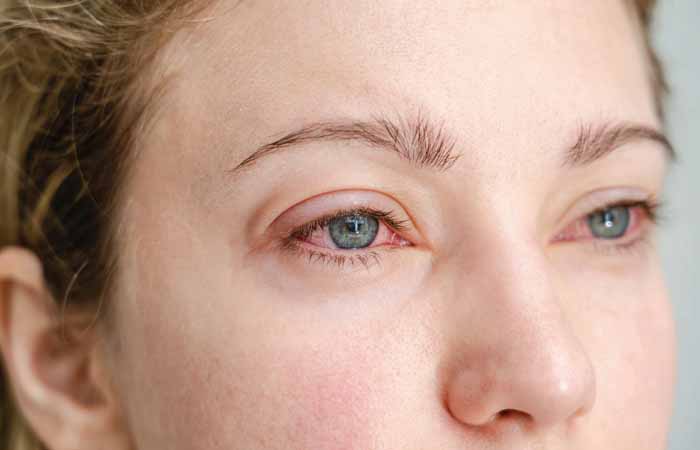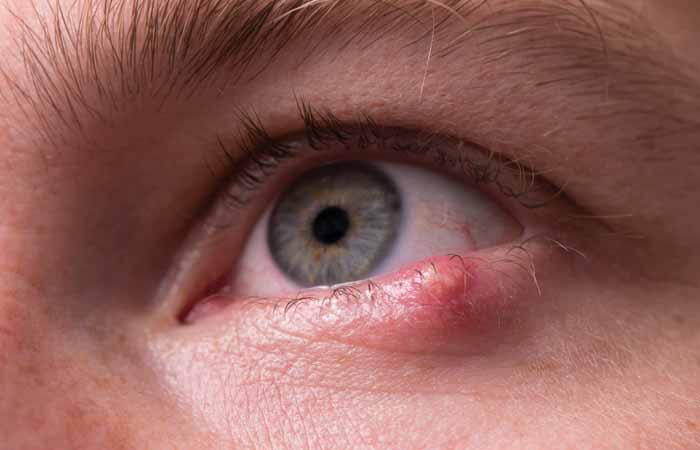Understanding the problem
The eye conditions you’ll encounter in the pharmacy are most likely to be minor, such as conjunctivitis, blepharitis, styes and dry eye.
Conjunctivitis
This term applies to any condition causing redness and inflammation of the conjunctiva. There are three common types:
Infective conjunctivitis
This is caused by a bacterial or viral infection and can be contagious. The whites of the eyes will look pink, and the eyelids may be red and swollen. Sufferers may also complain of a sticky, yellow coating or discharge on the eyelashes upon waking. One or both eyes may be affected.
Allergic conjunctivitis
Symptoms occur because of an allergic reaction to pollen, dust mites, and animal dander. Both eyes are usually affected. Sufferers will complain of watery, itchy eyes and there may be a stringy discharge.
Irritant conjunctivitis
Caused by contact with substances that irritate the conjunctiva (e.g., shampoo, chlorinated water, smoke). Eyes will look red and feel tired, sore or irritated. Symptoms tend to resolve once the irritant is removed.
Styes
Usually caused by a bacterial infection, styes appear like a pimple on the outside or inside of the eyelid. They are fairly common and most resolve without treatment within a few days or weeks. A warm compress may be used to encourage the stye to release pus and heal more quickly.
Blepharitis
In blepharitis, the rims of the eyelids become inflamed, red and swollen. It can develop at any time but is more likely in people over the age of 40. It can be caused by a bacterial infection or be a complication of another condition, such as seborrheic dermatitis or rosacea. Symptoms include itchy, sore eyelids, crusty eyelashes, and eyelids that stick together upon waking.
Dry eye
Dry eye syndrome tends to occur when insufficient tears are produced or when the tears that are made don’t have the correct consistency and so evaporate too quickly. It is more common in older people and in women.
Symptoms include:
- Redness
- Stinging or a burning sensation
- A gritty, irritated feeling
- Temporary blurred vision
- Decreased tolerance for reading or working on a computer.
Possible causes include:
- Hormonal changes (e.g., menopause, pregnancy)
- Certain medicines (e.g., antidepressants or blood pressure medicines)
- Wearing contact lenses
- Recent laser eye surgery
- Environmental factors (e.g., low humidity, wind, high altitude, exposure to smoke, high pollen levels)
- Prolonged reading or use of a computer
- Other health conditions (e.g., rheumatoid arthritis, diabetes, allergies, blepharitis).
There is no cure for dry eye syndrome, and some people may suffer from recurring episodes throughout their lives. However, over-the-counter (OTC) treatments, coupled with relevant lifestyle changes, can relieve symptoms.


